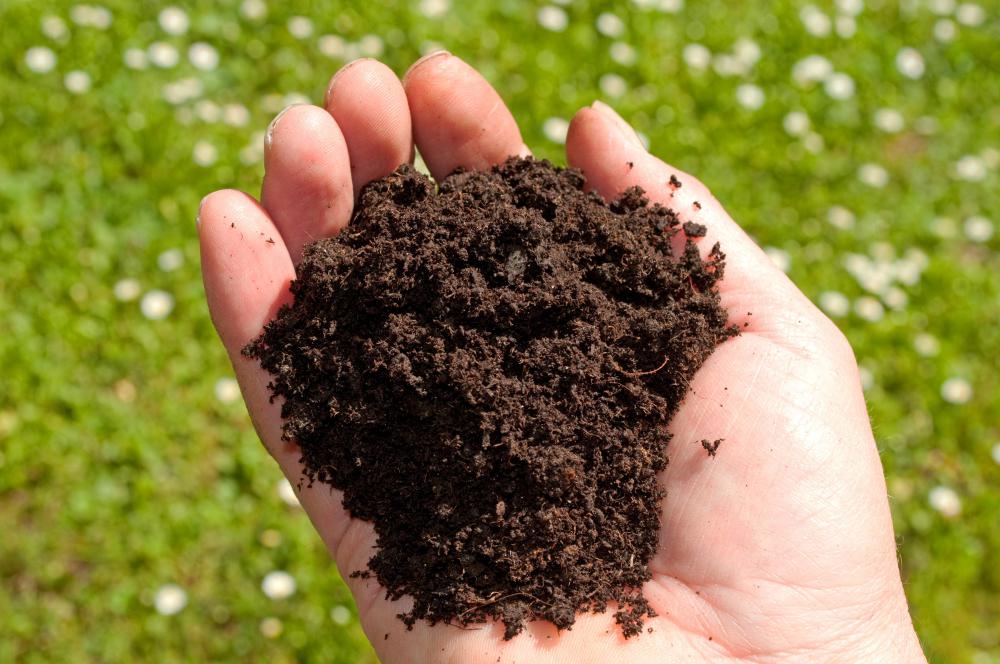At WiseGEEK, we're committed to delivering accurate, trustworthy information. Our expert-authored content is rigorously fact-checked and sourced from credible authorities. Discover how we uphold the highest standards in providing you with reliable knowledge.
What Is Soil Classification?
The process of soil classification seeks to assign a grade or name to the different types of soil in the Earth as they relate to specific applications. There are several grades of soil, depending on whether the information required is for engineering, agriculture or geology. Multiple systems for measuring the soil have evolved within some fields of study. Additionally, a few countries maintain their own soil comparison charts.
The actual process of classifying soil can vary from industry to industry. For certain applications, appearance and other visible factors are the only elements considered for classification. In fields such as engineering, the suitability of the soil to hold a structure is judged in addition to the appearance. Agricultural analysis often consists of measuring the size of the grains of the soil or the pH levels present.

Engineering and geological classifications have been combined in a system known as the Unified Soil Classification System (USCS). This system uses two measurements to define the type of soil in a given area. The first measurement is the texture, which can be gravel, sand, silt, clay or organic. The second measurement is the size of the grain, which can vary from poorly graded to well graded and from low plasticity to high plasticity. These two measurements are represented by a two-letter system in which the combination describes the soil.

The United States Department of Agriculture (USDA) has established a far more intricate system of soil classification. Under USDA guidelines, there are more than 20,000 types of soil in the United States. Each of these soils is given a name that usually reflects the area in which it was found. The various types of soil are classified in relation to other types according to dozens of properties, including the origin of its formation.
There are many derivative and independent soil classification charts in use. The American Association of State Highway Officers (AASHO) has its own specific chart that is used to determine the feasibility of building roads or highways on top of different types of soil. This chart shares some aspects with other systems but is unique to the AASHO and focuses primarily on how the soil will fare when used as a foundation for a road.
Globally, the Food and Agriculture Organization (FAO) of the United Nations has established a worldwide soil classification system. This system attempts to give broad definitions to the soils of a region. It has three primary measurements. The first is the property of the soil, or phase, which can be thought of as a soil class such as Cambisols. The second is the texture, such as course or fine. The third is the slope of the ground on which the soil is found.
AS FEATURED ON:
AS FEATURED ON:












Discuss this Article
Post your comments